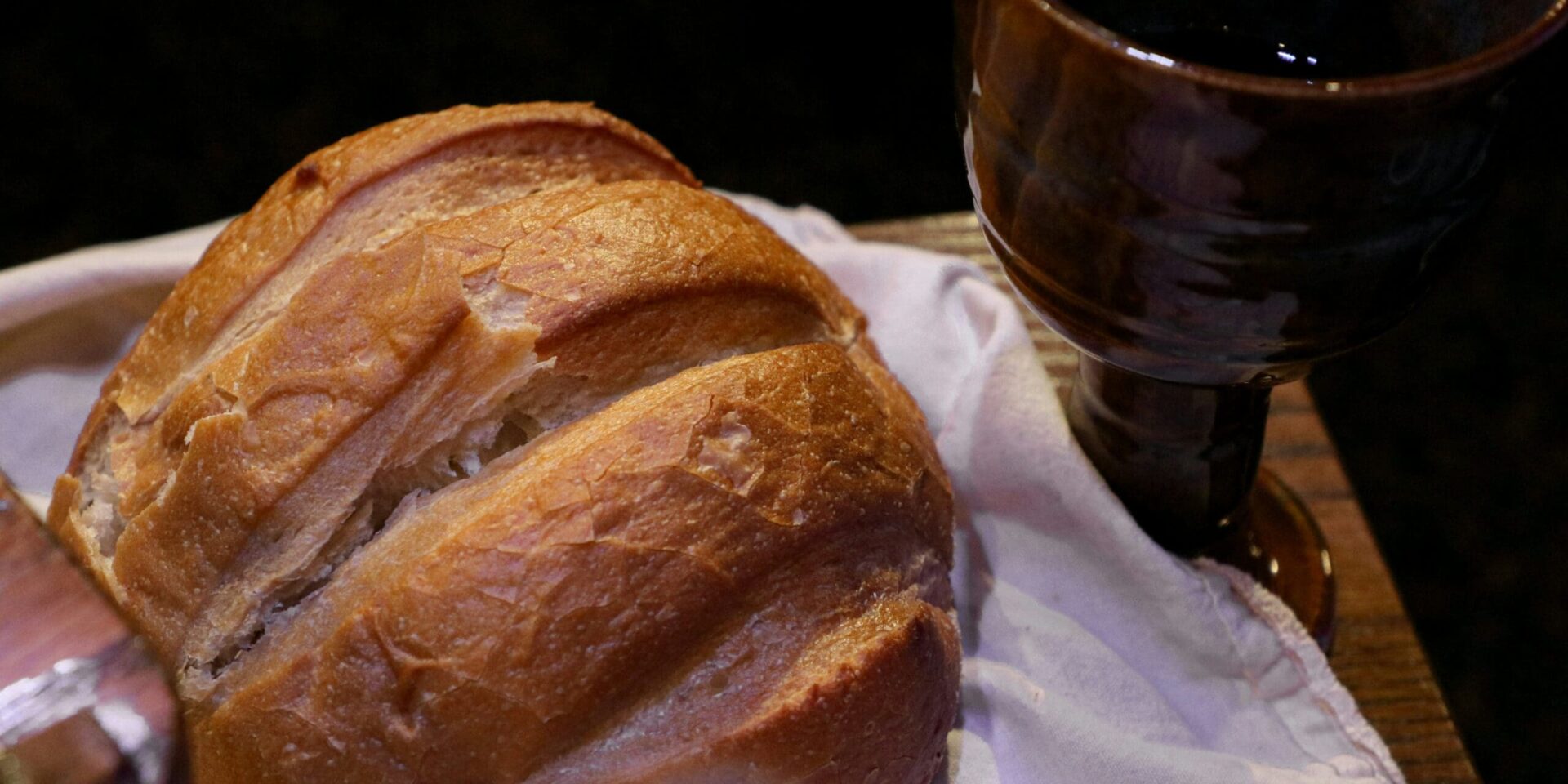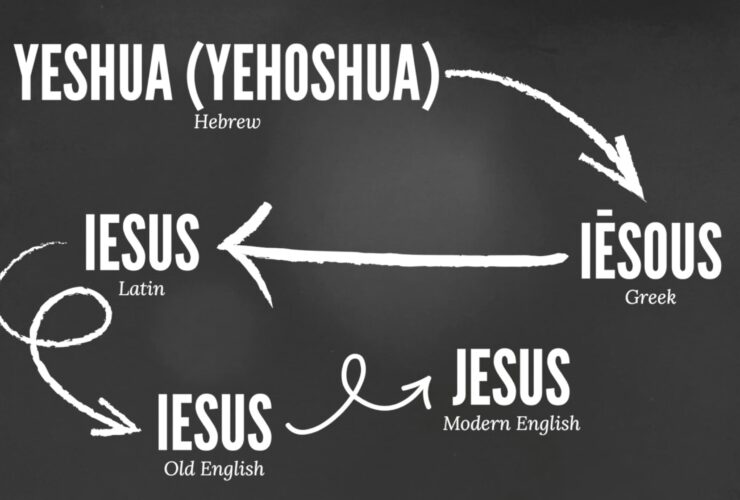It has been estimated that bread and cereal grains made up as much as 50% of the diet of ancient Israelites.[1] It’s no wonder, then, that bread came in all different shapes and forms. The ancients didn’t just stop at shaping and molding bread; they also made stamps to impress their loaves and cakes. Clay, stone, or metal stamps were utilized elsewhere in everyday life: signet and cylinder seals were taken as a person’s official signature and used in business and legal transactions. Clay jars were stamped for administrative, storage, and economic purposes. And bricks and tiles could be stamped for the glory of their commissioning king.
Ancient bread stamping is known to us from literary texts, artistic representations, the physical stamps themselves and even in the famous case of the city of Pompeii; a preserved loaf itself. In the Pompeii loaf’s case, the round bread was divided into wedges, tied about with a piece of rope that would have made a convenient carrying string and stamped with the name of the baker. This demonstrates for us a couple of the basic reasons for ancient stamping: (1) It could identify the bakery and would thus be good for publicity and accountability, and (2) it was common, in some Roman cities at least, for people to bring their prepared raw loaves to a bakery equipped with bread ovens, and a family stamp would ensure they got their appropriate loaves back.
“Give us this day our daily bread.”
Matthew 6:11
This practice of bread stampings goes farther back in time than the Roman period. As far back as the Neolithic Age, archaeologists have found evidence of the practice.[2] Again, there was more than one reason to stamp a loaf. It could be done purely for the sake of decoration, adding some beauty to what was otherwise a laborious task. It could also be done superstitiously, stamping on messages of health, protection and petitions to various gods. In this same vein, stamped bread was often used in pagan religions. Special cakes and loaves would be stamped with the name of gods and goddesses, sometimes first formed into the shape of a more expensive offering like an animal, and then stamped. This ritualistic bread would often be blessed by the pagan priests and distributed to the revellers to enjoy.
This brings us to stamped Jewish and Christian bread. In Judaism stamped bread had an added benefit of labelling kosher food, and the practice of stamping special bread for Biblical festivals may have been adopted. In Eastern Orthodox Christianity, bread stamping is still apart of celebrating the Eucharist (Lord’s Supper), and other special feasts. This practice may have developed quite naturally in the early church. By the 2nd century it was common practice for the body of believers in a city to receive bread given to them by the area’s bishop for a weekly Holy Communion celebration.[3] In a world where there was no common church building, this shared bread represented the unity of believers within their diversity. Since the practice of stamping bread was thoroughly entrenched in Roman society, it would not take a huge leap for someone to start stamping this shared bread to mark out its special importance. All the more so because it held unique religious value.

Corie Bobechko is a daily co-host, speaker, and writer of Bible Discovery. She also hosts a YouTube channel that shows how history and archaeology prove the Bible. Her heart for seekers and skeptics has led her to seek truth and share it with others. Corie also has a Bachelor of Theology from Canada Christian College.
[1] MacDonald, Nathan. What Did the Ancient Israelites Eat?. (2008). Grand Rapids, Michigan: Wm. B. Eerdmans Publishing Co.
[2] Randa Kakish. Ancient Bread Stamps from Jordan, Mediterranean Archaeology and Archaeometry, Vol. 14, no 2, pp. 19-31 (2014).
[3] Ferguson, Everett. Church History Vol 1 From Christ to the Pre-Reformation, (2005). Grand Rapids, Michigan: Zondervan.
• https://www.metmuseum.org/art/collection/search/472765
• https://www.loulismuseum.gr/en/exhibits/sfragides
• https://www.biblicalarchaeology.org/daily/news/early-jewish-bread-stamp-found-near-akko/
• https://www.christianheadlines.com/columnists/israel-insights/byzantine-era-bread-stamp-discovery-akko.html
• http://www.thefreshloaf.com/node/42934/artisan-pompeii-miche
• https://blogs.brown.edu/archaeology/2014/04/03/from-the-collections-a-bread-stamp-ian-randall/
• http://www.ancientresource.com/lots/roman/roman-byzantine-bread-stamps.html






